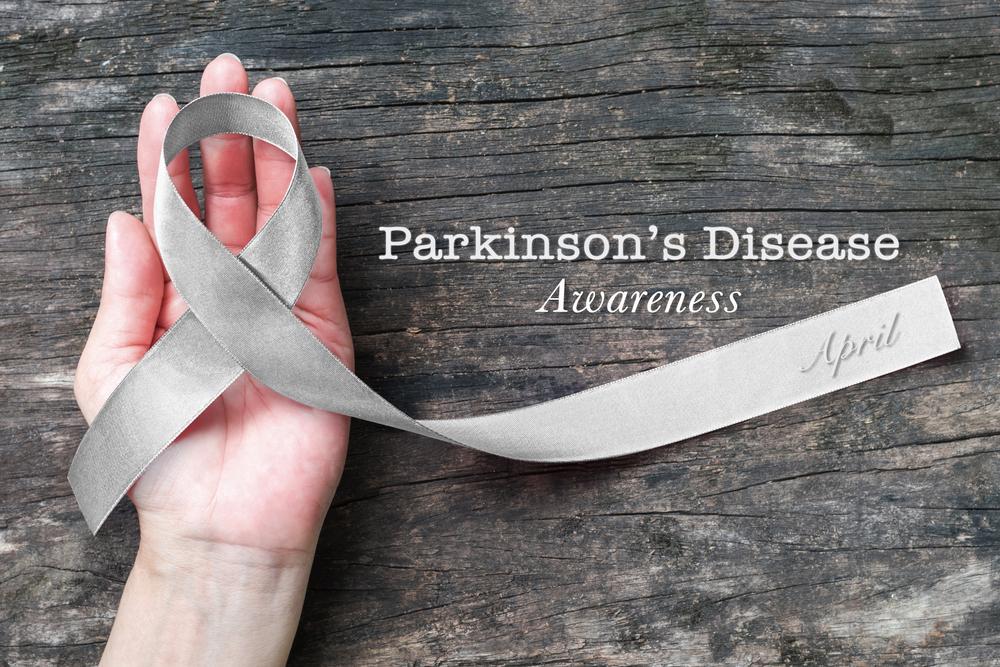Early Warning Signs and Symptoms of Parkinson’s Disease You Should Know
Recognizing the early signs of Parkinson’s disease is vital for timely intervention and management. This detailed guide highlights key symptoms such as tremors, smell loss, handwriting changes, constipation, and gait difficulties. Early detection can significantly improve quality of life, enabling better treatment options and improved prognosis. If you notice any of these indicators, consulting a healthcare professional is recommended to ensure early diagnosis and effective disease management.

Identifying the Early Symptoms of Parkinson’s Disease for Timely Intervention
Parkinson’s disease is a progressive neurodegenerative disorder characterized by the gradual loss of dopamine-producing neurons in the brain. It predominantly affects movement control, leading to symptoms like tremors, rigidity, and slowed movements. Although there is currently no cure for Parkinson’s, early detection plays a critical role in managing the progression and improving quality of life. Recognizing the initial signs can prompt timely medical consultation, which is vital for diagnosis and effective treatment planning. This comprehensive guide delves into the primary early indicators of Parkinson’s disease that everyone should be aware of to facilitate early intervention.
Resting Tremors and Uncontrolled Shaking
One of the hallmark early signs of Parkinson’s is a persistent tremor or shaking when the muscles are at rest. Patients often notice involuntary trembling in the hand, thumb, fingers, or even the chin. These tremors usually begin unilaterally, affecting one side of the body more prominently, and tend to worsen during periods of stress or inactivity. If you observe such tremors that are persistent and not caused by external factors like cold or injury, it’s important to consult a neurologist to evaluate their significance.
Decline in Sense of Smell (Anosmia)
A noticeable reduction in the ability to smell certain odors such as licorice, pickles, or bananas that persists over time—even outside of common cold or flu recoveries—could be an early neurodegenerative marker. Many individuals report a diminished olfactory sense months or years before motor symptoms appear. This sensory change is often understated but can be an important early warning sign, especially when combined with other symptoms.
Changes in Handwriting (Micrographia)
If your handwriting gradually becomes smaller, cramped, or inconsistent, it may indicate early motor impairment. Micrographia, a characteristic feature of Parkinson’s, often appears early in the disease process. Patients might notice their writing is less legible and takes more effort, which could be a sign of progressive bradykinesia (slowness of movement).
Persistent Constipation
While constipation can be caused by dietary habits, medication side effects, or other health issues, persistent digestive problems despite adequate fiber intake and hydration might be linked to the early stages of Parkinson’s. Gastrointestinal disturbances often precede motor symptoms by several years, reflecting early involvement of the autonomic nervous system.
Impaired Movement and Gait Difficulties
Difficulty moving smoothly, stiffness, or a shuffling gait can be early signs. Individuals might notice their feet seem to stick to the floor, or they experience a reduced arm swing when walking. These subtle changes in mobility often go unnoticed at first but can significantly impact daily life as they progress. Consulting a healthcare provider can aid in diagnosis and early intervention.
Additional early symptoms include:
Sleep disturbances such as REM sleep behavior disorder
Feelings of light-headedness or dizziness
Mask-like facial expressions with reduced facial movements
Soft or monotonous voice
Stooped or hunched posture
If you identify multiple symptoms or significant changes in your daily function, it is crucial to seek medical advice promptly. Early diagnosis can help in managing symptoms effectively and potentially slowing disease progression through medication and lifestyle adjustments.





